In a short span, generative AI has evolved from a mere buzzword to an essential topic in boardrooms. Just as executives were starting to get familiar with the concept, new terms have surfaced, leading many to wonder: Is this just a marketing ploy to maintain interest? Are we dealing with an AI attention deficit? Or is this linguistic shift merely keeping up with rapid technological advancements?
Generative AI, the rising star of the AI world, made its debut in November 2022 with OpenAI’s ChatGPT. This technology can create content that closely resembles human-generated material. While generative AI has dominated the spotlight, its predecessor, applied AI, has been quietly transforming industries in the background.
Applied AI focuses less on creating artistic works and more on executing specific tasks that address practical problems in daily life. It enhances efficiency by digitizing tasks that are typically manual and time-consuming. Early examples of applied AI include Apple’s Siri, which can take notes and send reminders, and Google Maps, which offers real-time navigation by analyzing millions of data points like traffic and weather conditions.
Recently, however, a new term has emerged: physical AI. This concept merges software and hardware into a single AI application. Brett Adcock from Figure Labs recently introduced Figure 02, and Nvidia CEO Jensen Huang has predicted that advanced robotics will be the next major AI revolution.
Physical AI combines artificial intelligence with robotics and materials science, creating intelligent systems capable of interacting with and manipulating the physical world. Think of self-healing infrastructure, shape-shifting materials, or robots with the dexterity of human hands. Physical AI doesn’t seek to replace generative or applied AI; instead, it complements them by bridging the gap between digital intelligence and the physical environment.
As this technology progresses, AI could move beyond screens and servers, becoming an integral part of our physical surroundings—from smart cities that adapt to environmental changes to medical devices that respond to real-time bodily needs.
With the AI landscape expanding at an unprecedented rate, even industry experts struggle to keep up. From autonomous vehicles to robotics, each new application seems to introduce its own terminology, leaving many wondering: “How many different types of AI are there?”
For decision-makers and those curious about AI, the focus shouldn’t be on getting lost in terminology but on understanding the potential applications and impacts. AI isn’t a single entity but a diverse ecosystem of tools and techniques, each evolving and specializing to meet specific needs. It’s less about counting the different “flavors” of AI and more about identifying which type of AI is best suited to solve your particular business challenges.
